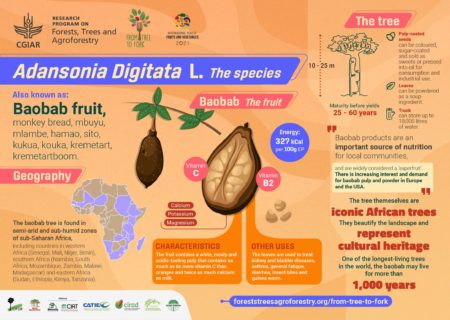What do investors think of biodiversity? Well, a new report from Credit Suisse and Responsible Investor says that they’re increasingly interested, but that they are not (yet) putting their money where their mouths are. The reason?
Investors are struggling to identify and consider biodiversity-linked investment opportunities. Biodiversity needs to be made more digestible and measurable for investor concerns to translate into investment action…
More digestible? Now there’s an opportunity for agricultural biodiversity at least.
The challenge of protecting wildlife and nature has fallen behind many other sustainability issues for investors and governments alike. Part of the explanation likely lies in the complexity of biodiversity and its loss. “Diversity is the opposite of investors’ desire for standardisation and comparability of things,” says Piet Klop, Senior Advisor Responsible Investment, PGGM. “Biodiversity is challenging because it really is the anti-commodity.”
Ah yes, functioning ecosystems and food as anti-commodities. Can we not muster some decent arguments against this pernicious view?
